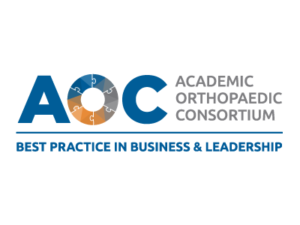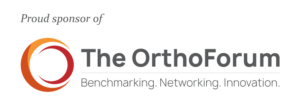A Quiz for Healthcare Marketing Professionals
Instructions:
For each question, select the option that best reflects your approach to collecting patient feedback. At the end, tally your answers to discover your feedback collection style and what it means for your healthcare marketing strategy.
 1. When it comes to survey timing, you prefer to:
1. When it comes to survey timing, you prefer to:
(A) Send surveys immediately after appointments while the experience is fresh
(B) Bundle feedback requests with other communications to avoid overwhelming patients
(C) Use sophisticated triggers based on patient journey milestones
(D) Collect feedback continuously through multiple touchpoints throughout the patient journey
2. Your favorite feedback format is:
(A) Short, mobile-friendly surveys focused on NPS or star ratings
(B) Detailed questionnaires that capture comprehensive information
(C) Multi-modal options (text, email, in-office tablets) based on patient preferences
(D) A combination of structured ratings and open-ended questions to capture nuance
 3. When a patient leaves negative feedback, your first reaction is to:
3. When a patient leaves negative feedback, your first reaction is to:
(A) Respond publicly to demonstrate your commitment to service recovery
(B) Analyze it alongside other data points to identify patterns
(C) Route it to the appropriate department head through an automated system
(D) Reach out personally to understand more about their experience
4. You measure feedback success primarily by:
(A) Volume of reviews and average star rating
(B) Detailed sentiment analysis and improvement in specific metrics over time
(C) Correlation between feedback scores and business outcomes
(D) Patient retention and referral rates
 5. The statement that best describes your feedback philosophy is:
5. The statement that best describes your feedback philosophy is:
(A) “The more feedback, the better – it boosts our online visibility”
(B) “Strategic feedback helps us refine our patient experience”
(C) “Feedback is most valuable when integrated with operational data”
(D) “Every piece of feedback represents an opportunity to deepen patient relationships”
 6. Your biggest feedback collection challenge is:
6. Your biggest feedback collection challenge is:
(A) Getting enough responses to be statistically significant
(B) Extracting actionable insights from qualitative comments
(C) Integrating feedback data with other systems
(D) Maintaining patient engagement in ongoing feedback processes
 7. When sharing feedback with your team, you focus on:
7. When sharing feedback with your team, you focus on:
(A) Highlighting positive comments that can be used in marketing
(B) Detailed reports comparing performance across providers and locations
(C) Dashboards showing trends and correlations with other business metrics
(D) Specific patient stories that illustrate broader themes
 8. Your feedback tools primarily come from:
8. Your feedback tools primarily come from:
(A) Major review platforms like Google and Healthgrades
(B) Specialized healthcare survey solutions
(C) Your integrated practice management system
(D) A mix of sources to capture different aspects of the patient experience
Scoring Guide:
Count how many of each letter you selected.
 Mostly A’s: The Visibility Maximizer
Mostly A’s: The Visibility Maximizer
You see feedback primarily as a marketing tool to boost your online presence and attract new patients. Your approach generates high volumes of feedback, which is excellent for visibility, but you may be missing opportunities to use feedback for deeper operational improvements.
Next steps: Look for ways to extract more operational insights from your existing feedback and consider how you might use the data to drive internal improvements.
 Mostly B’s: The Strategic Analyst
Mostly B’s: The Strategic Analyst
You take a methodical approach to feedback, focusing on careful analysis and strategic application. You likely have robust systems for categorizing and tracking feedback trends over time. Your approach yields valuable insights, though you might benefit from more real-time applications.
Next steps: Develop processes to act on feedback insights more quickly, perhaps through automated alerts for certain types of comments or concerns.
 Mostly C’s: The Systems Integrator
Mostly C’s: The Systems Integrator
You excel at connecting feedback data with other business systems and metrics. You understand how patient experience impacts financial outcomes and operations. Your sophisticated approach yields powerful insights but may sometimes lose the human element of feedback.
Next steps: Balance your data-driven approach with more narrative elements that help your team connect emotionally with the patient experience.
 Mostly D’s: The Relationship Builder
Mostly D’s: The Relationship Builder
You see feedback as a dialogue rather than a data point. Your approach strengthens patient relationships and builds loyalty. While excellent for patient retention, your high-touch approach may be challenging to scale as your organization grows.
Next steps: Look for opportunities to systematize some aspects of your feedback collection while maintaining the personal touch that makes your approach special.
Mixed Results?
If your answers were distributed across multiple styles, congratulations! A balanced approach often yields the best results. Consider which elements from each style you might want to strengthen based on your organization’s current goals and challenges.
Want to learn more about optimizing your feedback collection strategy? Contact SocialClimb for a personalized assessment of your current approach and recommendations tailored to your organization’s unique needs.











